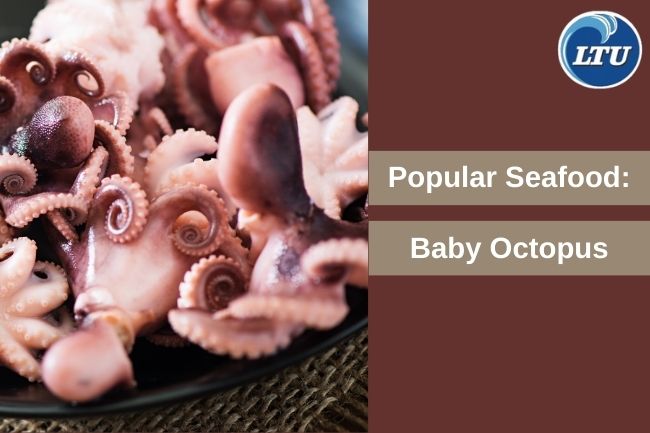Culinary Heritage of Traditional Kamaboko Production
By. Nevanda - 22 Aug 2023
lauttimur.com - Japanese culinary traditions are rich with heritage, and among its esteemed delicacies, kamaboko stands as a testament to the country's culinary artistry. Rooted in centuries-old practices, the process of crafting kamaboko is a harmonious blend of craftsmanship, patience, and an enduring connection to the sea. This traditional fish cake, renowned for its tender texture and subtle flavors, has journeyed through generations, each preserving the essence of an ancient culinary art.
Crafting kamaboko in the traditional manner is a symphony of technique, patience, and respect for ingredients. It begins with the careful selection of fish, typically white fish like cod or pollock, known for their mild flavors and ideal texture. The fish is meticulously filleted, deboned, and transformed into a pristine white paste, a canvas that will soon be painted with flavors.
Read also: 8 Benefits of RAS as a Fish Farming Methods
The process of kamaboko making unfolds in dedicated steps, each contributing to the creation of the final delicacy. The fish paste, often mixed with additional ingredients such as egg, salt, and starch, is blended until it achieves a smooth, velvety consistency. To achieve the signature colors associated with kamaboko, natural ingredients like red algae or squid ink are added, each yielding a distinct hue.
Steaming is the pivotal phase of kamaboko making, where the mixture is coaxed into its characteristic texture. Traditionally, kamaboko was shaped using wooden molds, meticulously arranged to reflect the artisan's expertise. Today, these molds pay homage to history, as modern techniques and machines have streamlined the process. The molds are delicately filled with the fish mixture and placed within steamers, where the flavors meld, and the cake emerges with a satisfying bounce.
The result of this meticulous process is a delicate fish cake that's both visually striking and exceptionally palatable. Traditional kamaboko finds its place in a myriad of culinary delights, from humble noodle soups to ornate celebratory platters. Its versatile nature and unique taste make it a sought-after ingredient in both home kitchens and esteemed restaurants.
As modern cuisine embraces innovation, the traditional art of kamaboko making perseveres as a testament to heritage. The craft, passed down through generations, keeps its essence alive, offering a bridge between the past and the present. With each slice of kamaboko enjoyed, a slice of history and culture is savored, ensuring that this time-honored delicacy remains a cherished symbol of Japan's culinary legacy.








